At the same time, applying standards to control motorbike emissions is considered to have a huge impact on people's lives and the socio -economy, so it needs to be carefully considered and have a specific roadmap to ensure feasibility.
Necessary but urgent?
According to the latest draft on the roadmap for motorcycle and motorbike emission inspection, the Ministry of Agriculture and Environment proposed to delay the inspection time by 6 months compared to the previous draft. Specifically, in Hanoi and Ho Chi Minh City, it will start to apply from July 1, 2027 (previously January 1, 2027).
Motorcycle emission testing requires a long-term roadmap. Illustrative photo
From July 1, 2028, it will be implemented in Hai Phong, Da Nang, Can Tho and Hue. From July 1, 2030, the remaining provinces and cities will inspect motorbike emissions. Notably, to give people time to get used to it, the drafting agency has added a regulation that after 18 months from the start of the emission inspection, the competent authority will impose fines, before that, they focused on reminding and propaganda. Motorcycles and motorbikes that do not meet the requirements during the inspection will not be allowed to circulate.
Dr. Chu Manh Hung, former Director of the Department of Environment, Ministry of Transport (now Ministry of Construction) analyzed that currently the management agency has not yet made an inventory of emission sources causing air pollution. Therefore, when setting out the requirement to control vehicle emissions, there were some hasty and unfounded judgments. For example, the judgment that traffic activities account for up to 70% of PM2.5 fine dust pollution. Or, traffic activities are the main cause of fine dust pollution...
According to Mr. Hung, in 2022, the World Bank published the Research Results Report "Clean Air for Hanoi - Feasible Measures". This study has inventoried PM2.5 emission sources and indicated that these emission sources from traffic activities account for a small proportion. Specifically, in Hanoi, the inventory shows that the most important sources of PM2.5 are industrial activities (29%), open burning of straw (26%), road dust (23%), transportation (15%), the rest is waste burning, from households and small businesses. In Bac Ninh, the largest source of PM2.5 is craft villages (29%) while traffic activities account for only 7%...
From the above analysis, according to Mr. Hung, controlling vehicle emissions, although necessary, cannot completely solve the problem of fine dust pollution. Regarding this issue, some National Assembly delegates also said that controlling emissions is necessary. However, this policy will have a huge impact on people's lives, especially in large cities.
Not everyone can afford to quickly change their vehicle (buy a newer car or switch to an electric car). The core goal is to control emissions and noise; gradually convert and minimize polluting vehicles, but it is necessary to carefully calculate the implementation roadmap to make it reasonable.
The inspection network must be convenient and practical.
According to statistics, the country currently has more than 64 million motorcycles and motorbikes with internal combustion engines in circulation, accounting for more than 90% of the total number of motor vehicles. Currently, Hanoi has 5.6 million registered vehicles, Ho Chi Minh City after the merger has about 8.6 million vehicles. According to calculations, on average, each motorbike takes about 7 minutes to measure emissions, so Hanoi needs about 400 and Ho Chi Minh City needs 600 inspection facilities.
On the afternoon of June 5, speaking to reporters, Mr. Nguyen To An, Deputy Director of the Vietnam Register, said that the Register fully supports the policy and actively coordinates with the Ministry of Agriculture and Environment to develop emission standards and a roadmap for application.
This is a strategic step, demonstrating the Government's determination to protect the environment and public health. Currently, the Registry is implementing many synchronous solutions: Upgrading existing inspection stations, equipping measuring equipment in accordance with upcoming standards; coordinating with manufacturers and importers to develop a system of dealers and repair and maintenance centers that are qualified to inspect emissions.
In particular, the Registry will deploy mobile inspection stations to serve people in industrial parks and remote areas. Phase 1 will prioritize Hanoi and Ho Chi Minh City - places with high vehicle density, focusing on deployment at authorized dealers of VAMM, VABOMA...
In response to the question of many people still being concerned about the inconvenience and cost of emissions inspection, the leader of the Registration Department expressed his sympathy for people's concerns. Therefore, correct and positive communication is the key factor.
The message needs to be simple, easy to understand, emphasizing practical benefits such as improving vehicle performance, reducing air pollution, and protecting family health. “We can learn from Taiwan, China... such as organizing free emission measurements, combined with consulting in public places. When people clearly see that their vehicles are better maintained and emissions are reduced, they will trust and support,” Mr. An hopes.
At the same time, the Registry Department proposed that there should be accompanying support policies, especially for the poor and disadvantaged. One of the solutions is the "Collect old - Replace new" program, providing financial support for people to voluntarily return old and dilapidated motorbikes and buy new, standard motorbikes or electric motorbikes on installments. This policy should prioritize poor and near-poor households and be attractive enough to implement. In addition, the leader of the Registry Department suggested: For old vehicles that are still within the permitted life cycle, the emission level should be applied in accordance with the time of manufacture, and standards should not be too high that they cannot meet.
In parallel, higher environmental fees can be collected to create fairness. In addition, it is necessary to transparently announce environmental improvement data after implementation, thereby helping people see the effectiveness of the policy in practice. The Registry also recommends announcing the roadmap early, with a long enough preparation step for people and inspection facilities to proactively adapt. At the same time, coordinate with car manufacturers to guide people to maintain and maintain standard vehicles throughout their life cycle.
Source: https://cand.com.vn/Xa-hoi/kiem-dinh-khi-thai-xe-may-can-co-chinh-sach-ho-tro-kem-theo-i770715/


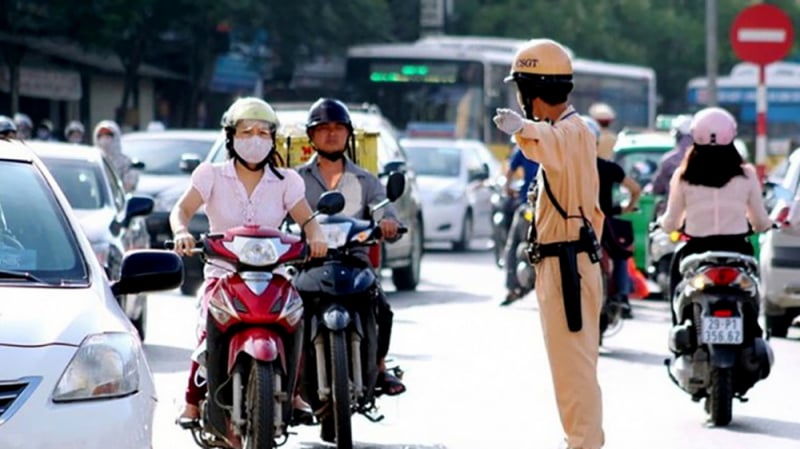






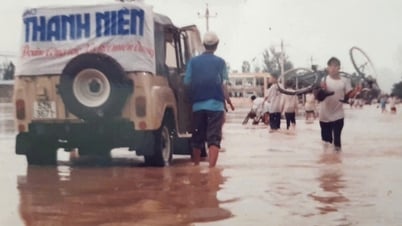

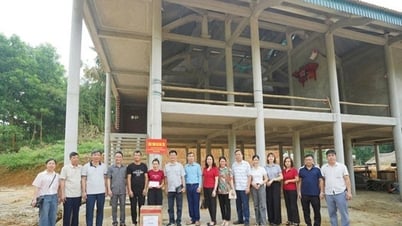












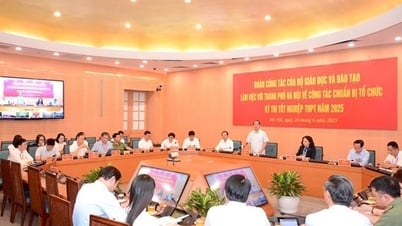

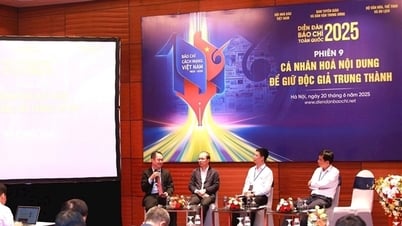

![[Photo] The 9th Congress of the Party Committee of the Office of the President, term 2025-2030](https://vphoto.vietnam.vn/thumb/1200x675/vietnam/resource/IMAGE/2025/6/20/78e7f27e8c4b4edc8859f09572409ad3)


























![[Maritime News] Wan Hai Lines invests $150 million to buy 48,000 containers](https://vphoto.vietnam.vn/thumb/402x226/vietnam/resource/IMAGE/2025/6/20/c945a62aff624b4bb5c25e67e9bcc1cb)


















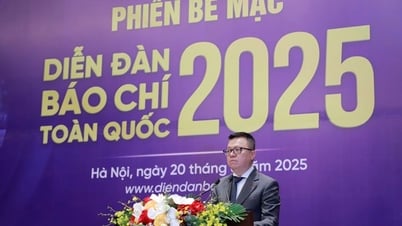



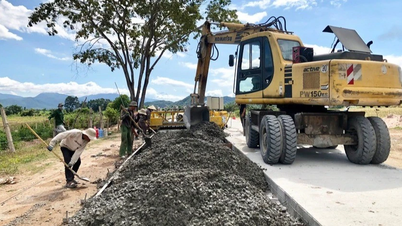





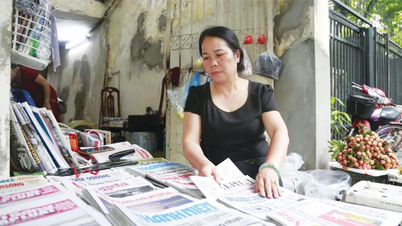












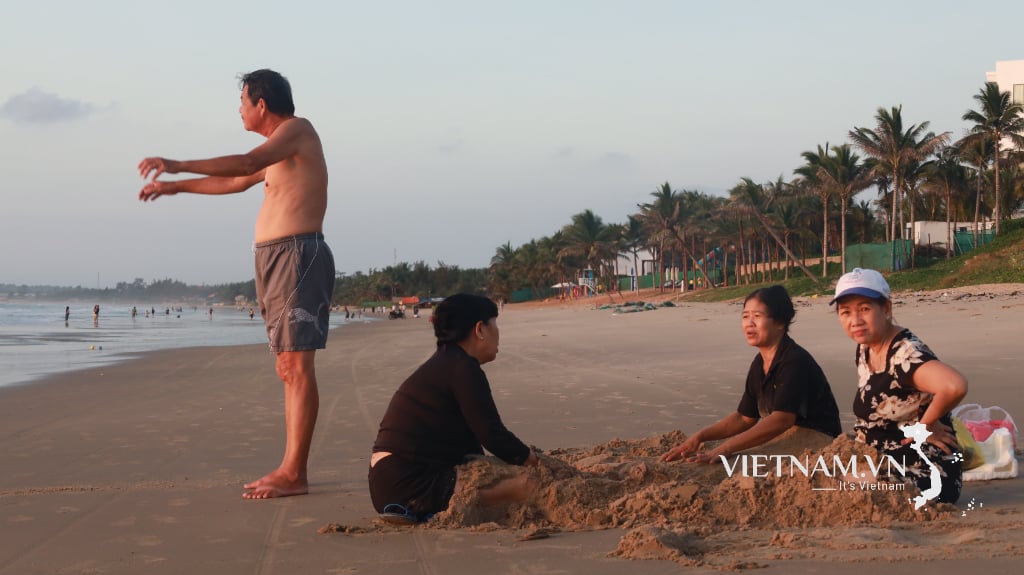


Comment (0)